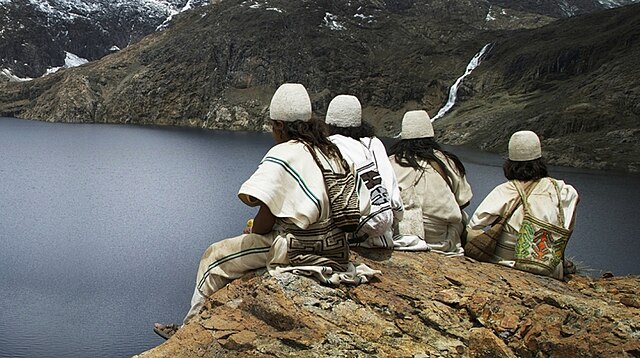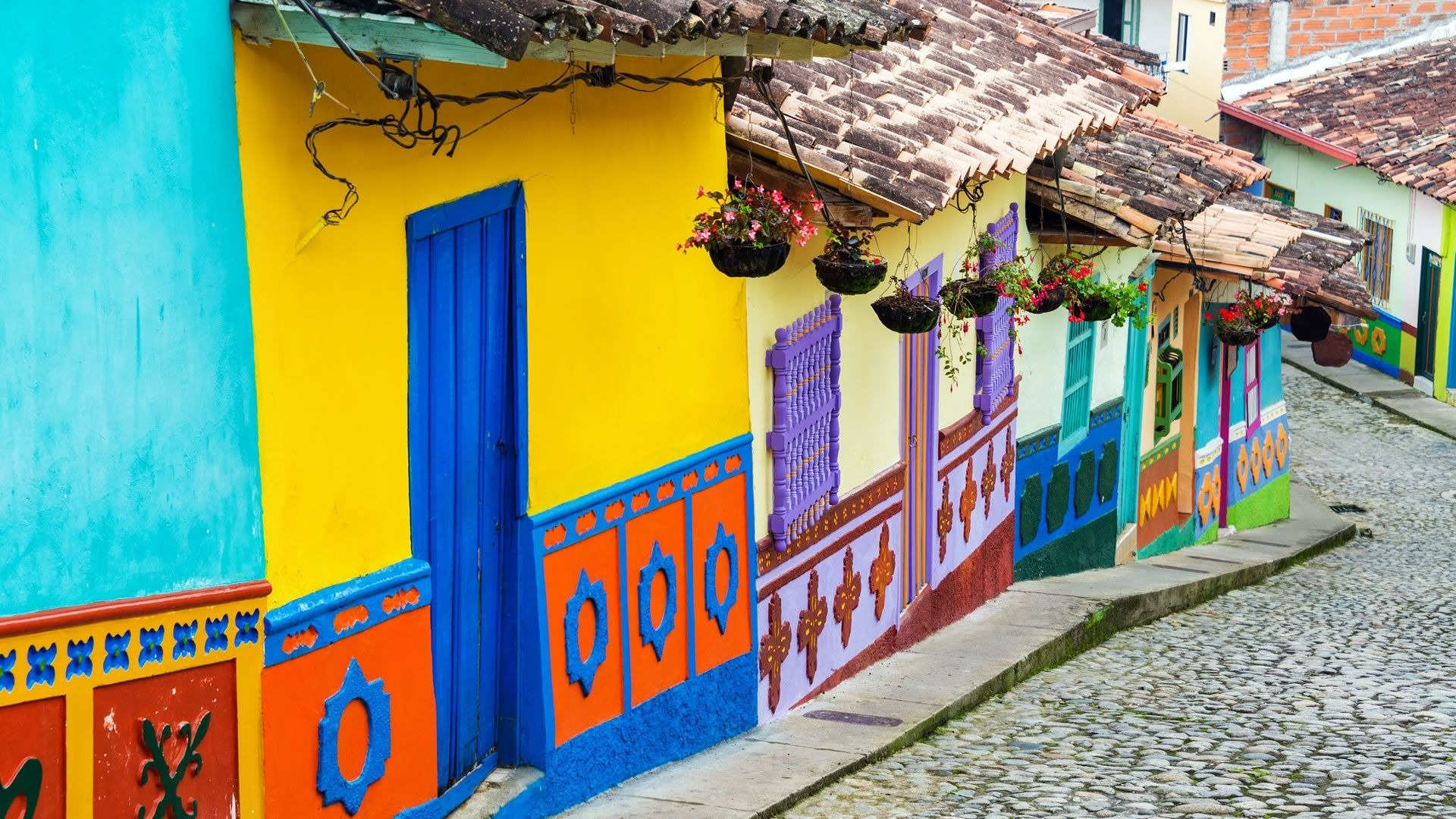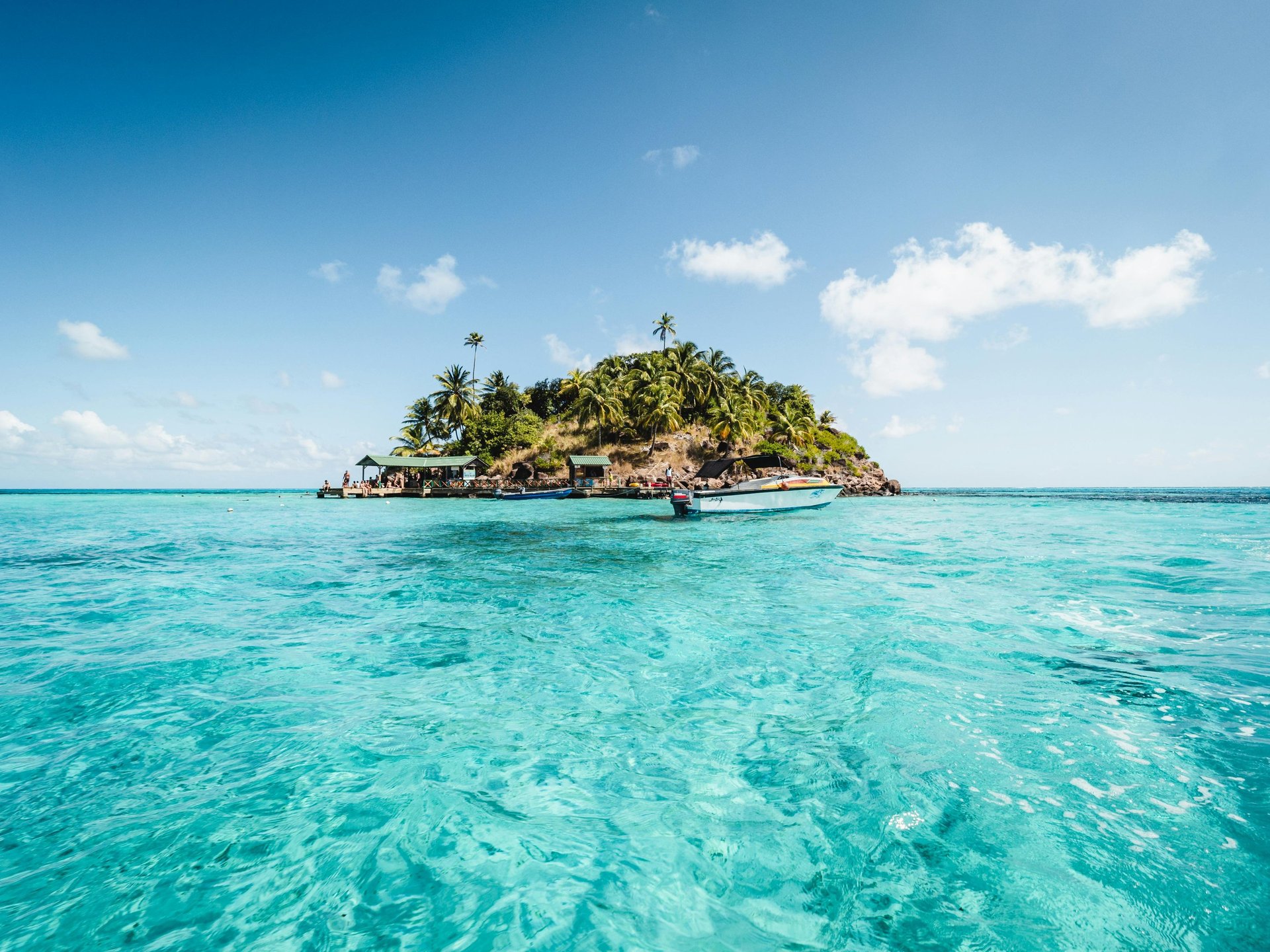
Explore Colombia
Live in a true paradise! Immerse yourself in the most exuberant landscapes, extraordinary biodiversity, the comforting embrace of its mountains, and fascinating culture
Exceptional natural and geographical richness. Discover the natural jacuzzis in Caño Cristales, located in the Sierra de la Macarena National Natural Park in the southwestern part of the country. Credit: Mario Carvajal - Wikipedia - CC-BY-SA-3.0.


Lush Mountain Landscapes in the Heart of Colombia. Explore the majesty of the Andes Mountains which extend across the entire national territory and a vast expanse of South America. Pictured here is the Municipality of Génova, Quindío Department. Credit: Alejandro Bayer Tamayo - Wikipedia - CC-BY-SA-2.0.

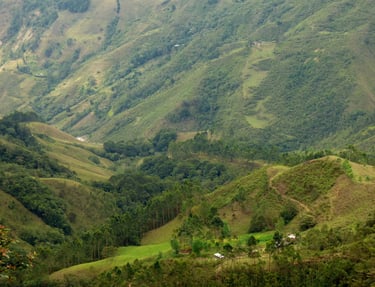
Traditional music is a living expression of Colombian culture, transmitting values, beliefs, and customs through a wide diversity of rhythms, lyrics, and melodies. Colombian Cumbia, for example, combines African, indigenous, and European elements and has spread throughout South America. Credit: Pexels.
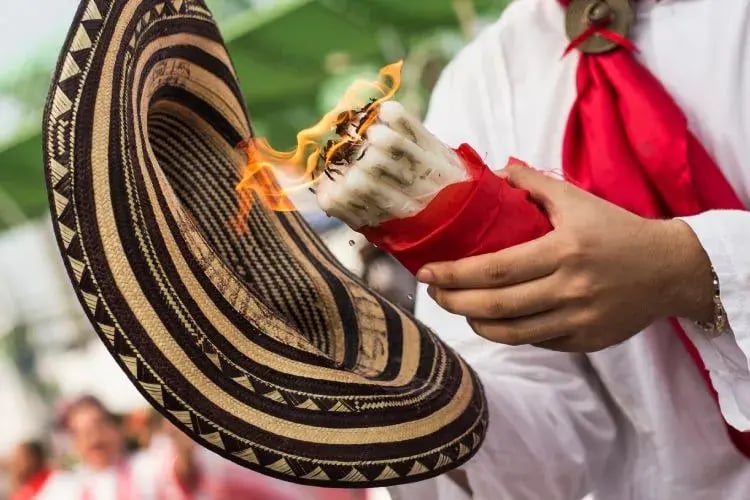

Colombian culture is also influenced by its economic dynamism. The "Jeepao" or "Yipao" is more than just a vehicle used to transport people or heavy loads like coffee, plantains, or other agricultural products. It's a cultural and economic symbol of the Colombia's Coffee Region and the entire country. Credit: Pexels.
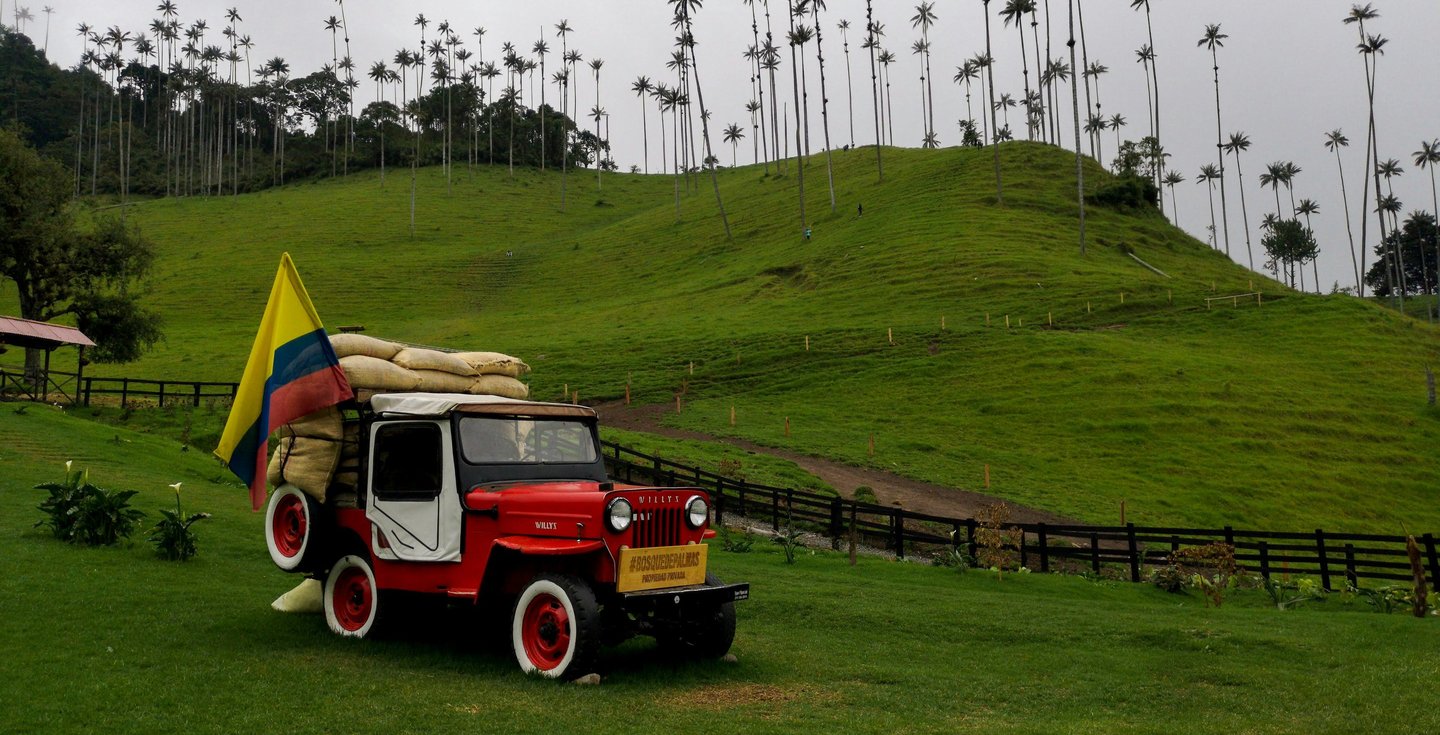

As the most biodiverse country in the world per square meter, Colombia is a global leader in recorded bird species, hosting around 1.921 species. The photo shows a Yellow-throated Toucan, which inhabits humid and cloud forests between 100 and 2.400 meters in elevation. Credit: Pexels.
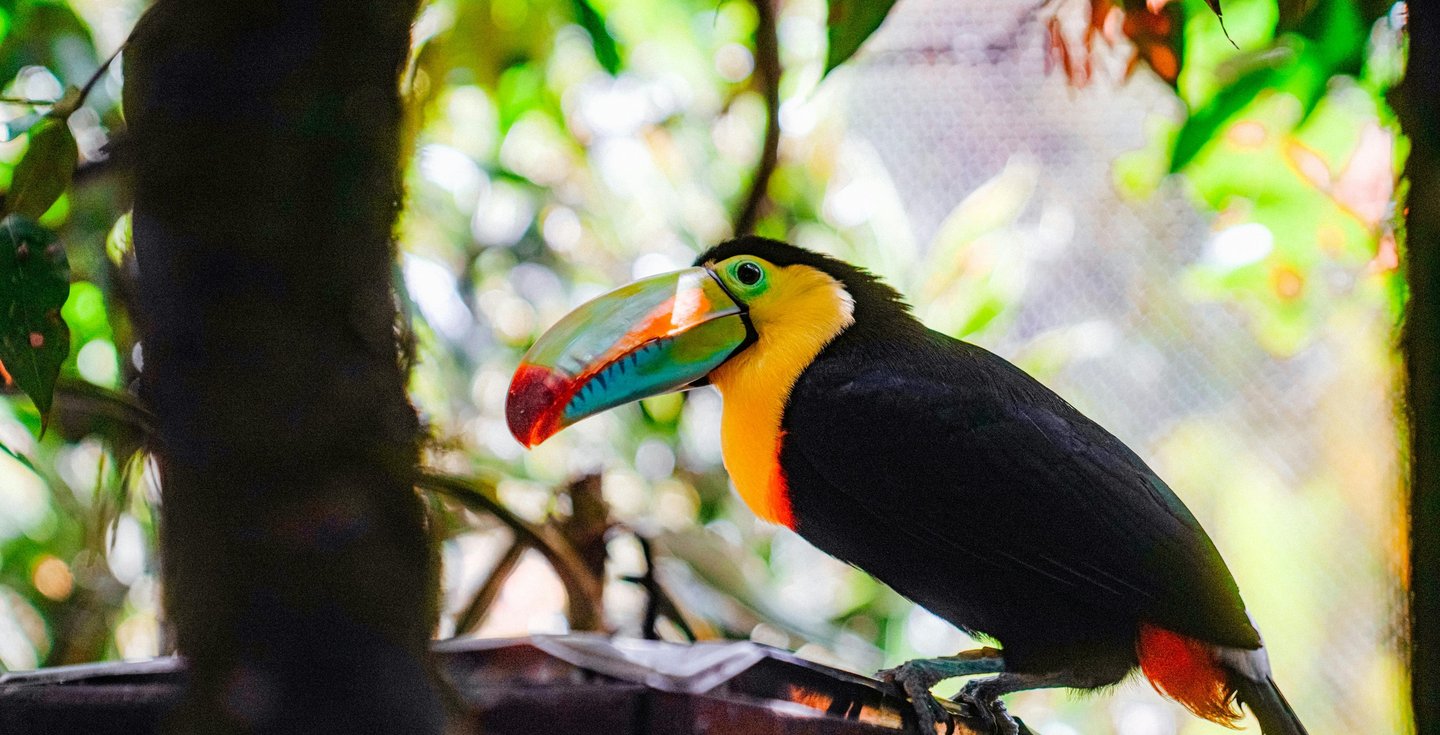

Colombian gastronomy offers a complete culinary experience due to its abundance and variety of delicious ingredients that reflect the generosity and richness of the local cuisine. An emblematic example is the Bandeja Paisa, a symbol of the regional identity of the Antioquia territory and the Colombia's Coffee Region, closely linked to the region's customs. Credit: Vista Create.
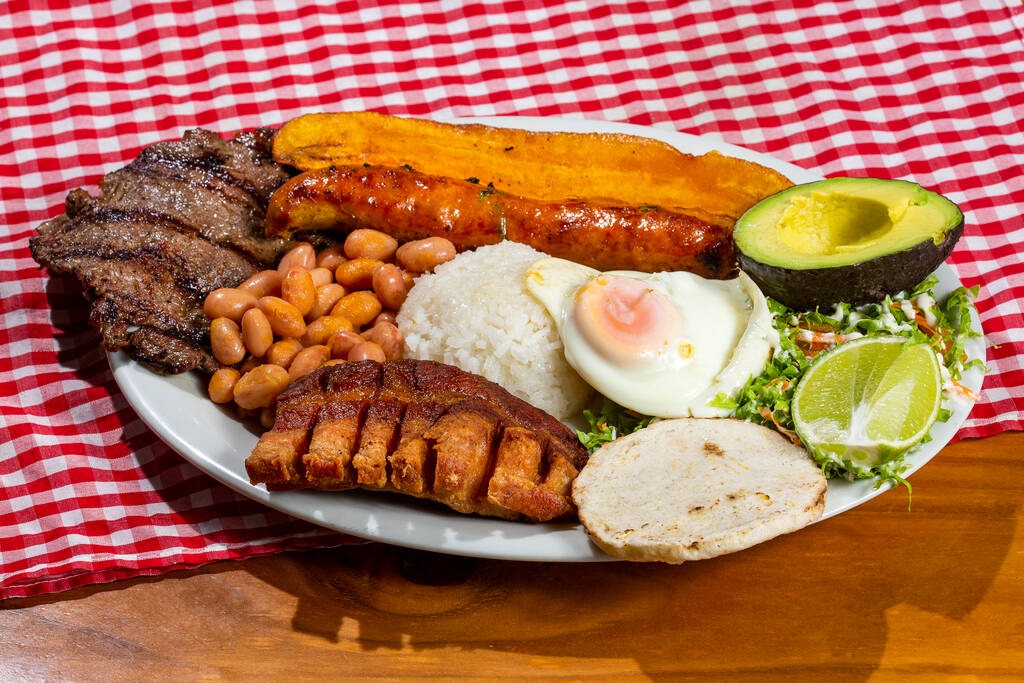

Colombia is the most biodiverse country in the world per square meter. In the Colombian Pacific rainforest, you can find the Golden Poison Frog, or Dart Frog. At just five centimeters, this species is considered the most poisonous amphibian on Earth. Credit: Parque Explora Medellín - Wikipedia - CC-BY-SA-4.0.


Colombia is home to over 59.000 plant species, approximately 10% of the world's flora. It ranks first globally in orchid variety and second in overall plant species. Exotic and colorful flower varieties adorn the entire national territory. The Cattleya orchid, native to Colombia, is the country's emblematic flower, recognized for its sweet and pleasant fragrance and high resistance. Credit: Cristóbal Alvarado Minic - Wikipedia - CC-BY-SA-2.0.
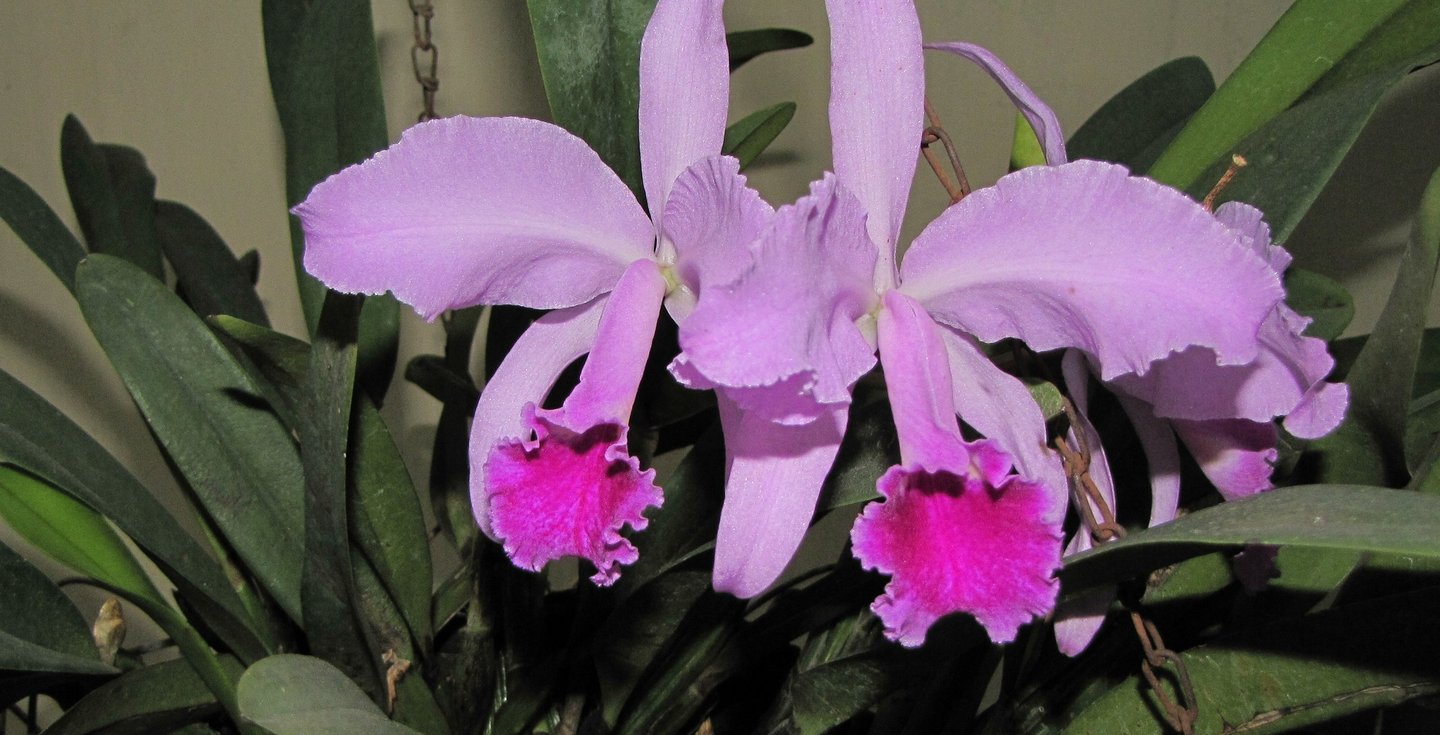

Colombia boasts a rich geography ranging from coasts and plains to immense mountain ranges and snow-capped peaks. It's also bordered by two oceans, the Pacific and the Atlantic, making it a country with privileged resources, rich in marine biodiversity that can be explored, tourist beaches, and maritime trade possibilities. Pictured here is Tayrona National Natural Park, Santa Marta, Magdalena. Credit: Lunaloop - Wikipedia - CC-BY-SA-4.0.

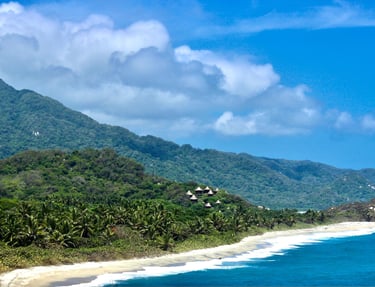
The more than 1.025 folkloric rhythms of Colombian music are clear expressions of the country's cultural diversity. Musical culture and dance are fundamental parts of Colombian identity, built from the intense mixing and fusion of customs that have occurred for over 300 years in the national territory. The person in the image is playing a caña de millo, a traditional musical instrument used in Colombian cumbia. Gaiteros de San Jacinto. Credit: Sol Reyes - Wikipedia - CC-BY-SA-3.0 CC-BY-SA-2.5 CC-BY-SA-2.0 CC-BY-SA-1.0
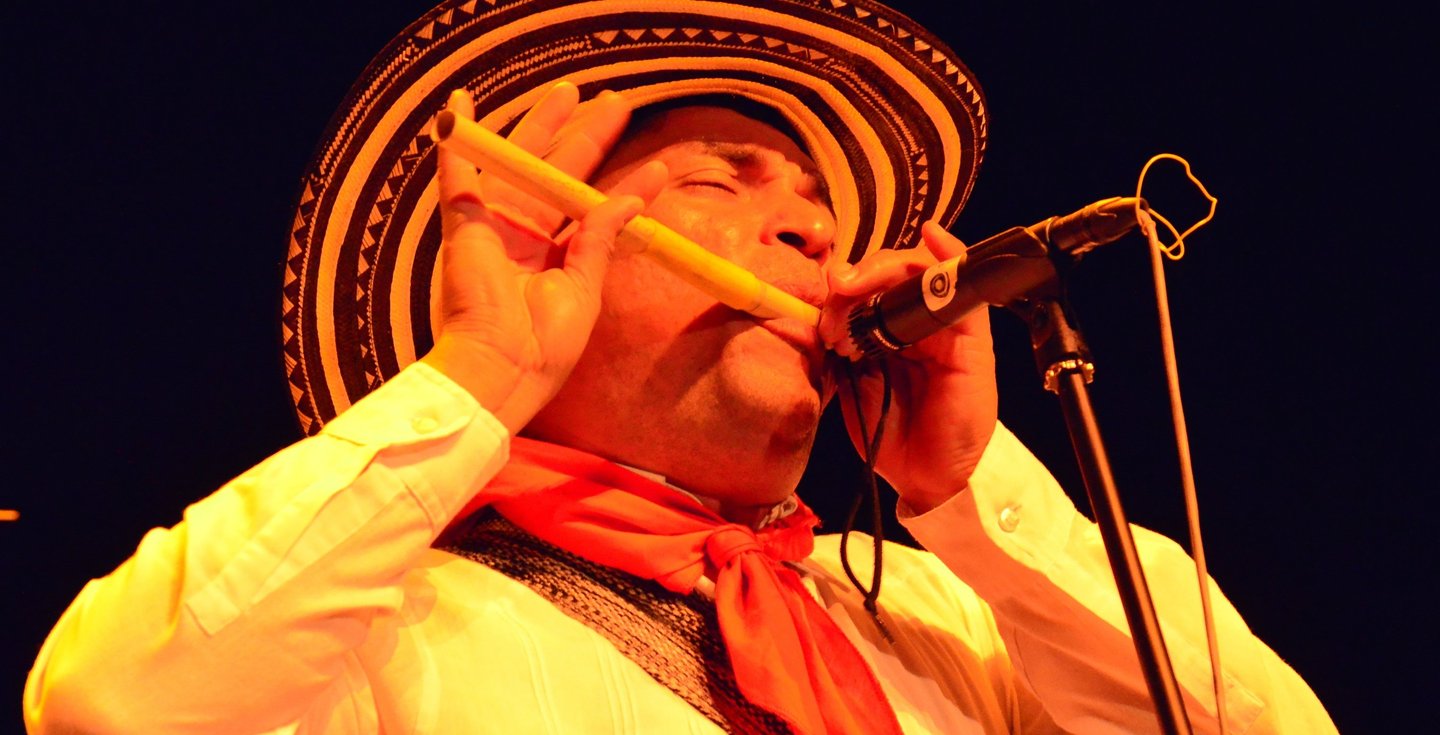

With its exuberant landscapes ranging from deserts to snow-capped peaks, Colombia boasts a great diversity of climates and ecosystems. This originates from its strategic location on the Equator, atmospheric factors like humidity, rainfall, and wind systems, and the diversity of thermal zones derived from the country's rich geography. Pictured here is the Tatacoa Desert, Huila. Credit: Sara Pons - Wikipedia - CC-BY-SA-4.0.
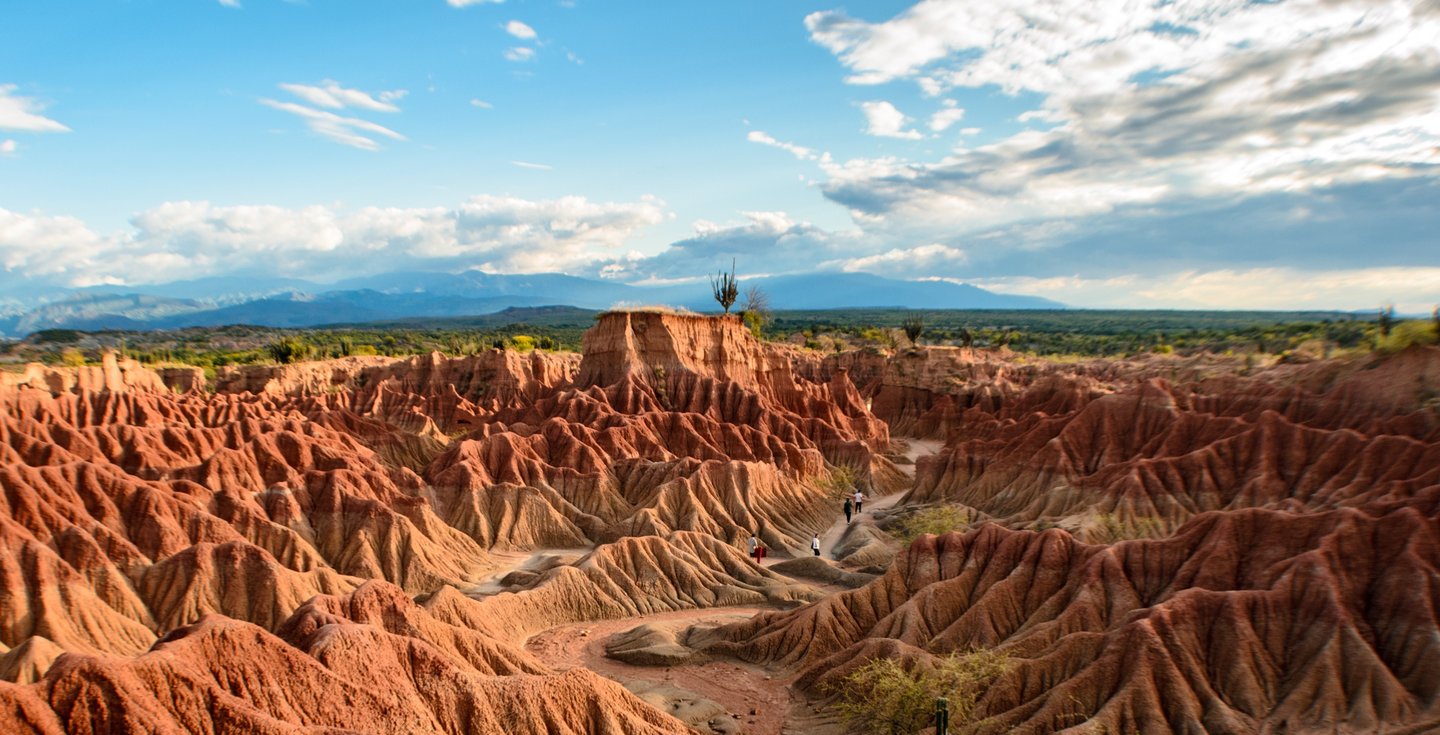

The picturesque streets, reflecting the country's history and cultural heritage, are an artistic and colorful expression of our joyful, vibrant, and festive identity. Pictured here is a street in Guatapé, Antioquia Department. Credit: Pixabay.
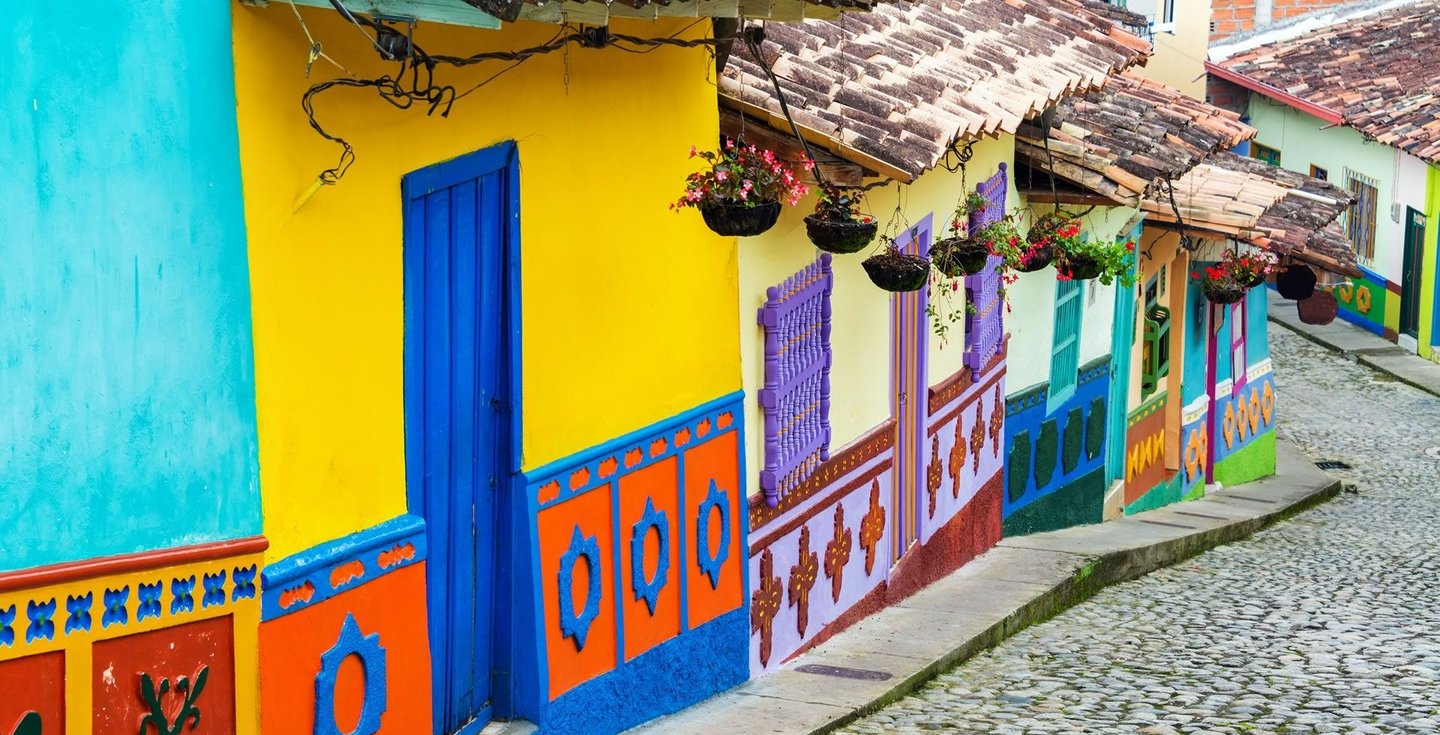

Colombia is home to over 400 mammal species and thousands of insect species, and it ranks first globally for butterflies, with around 3.000 families and 14.000 species. Credit: Pexels.
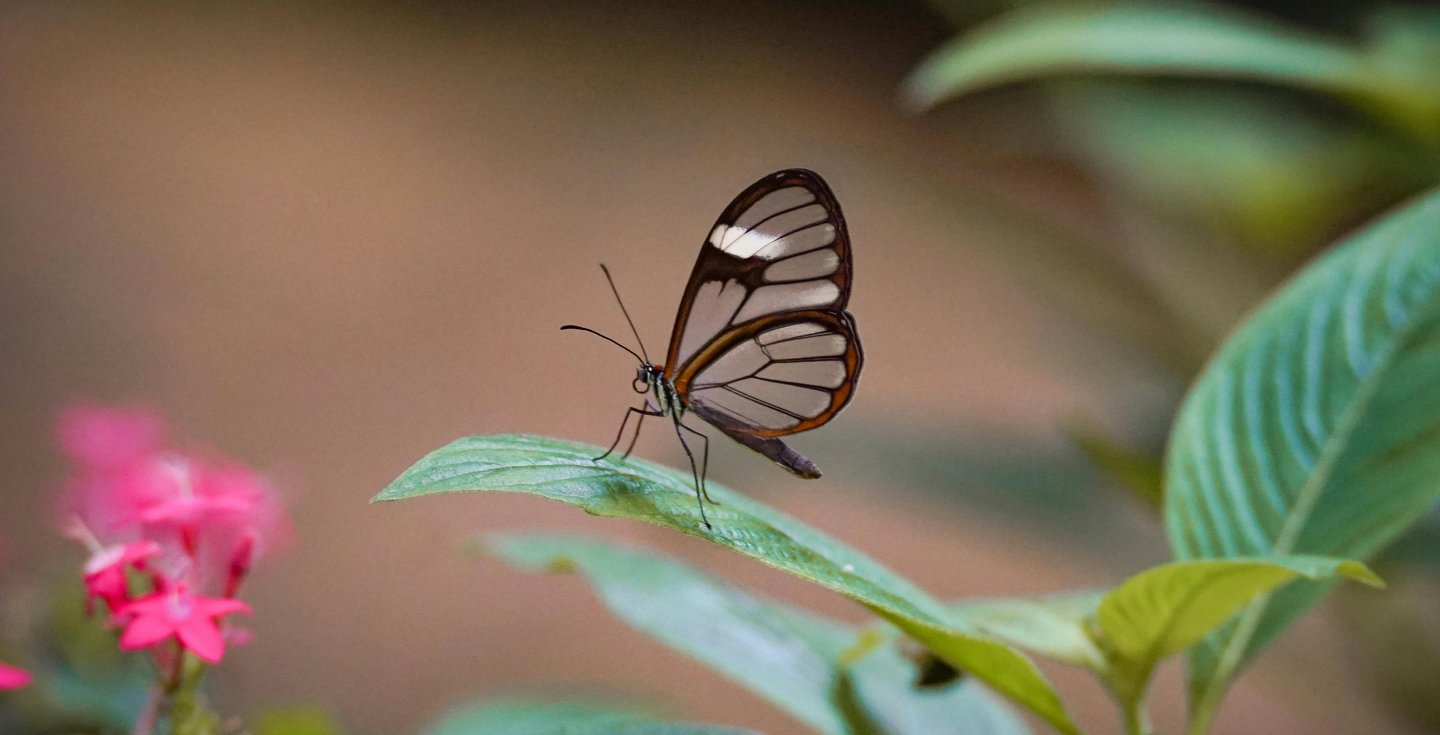

Colombia possesses significant cultural and historical richness. The large number of archaeological findings throughout the national territory attests to the enormous national archaeological heritage and the diversity of pre-Columbian cultures that shaped Colombian culture and identity. Pictured here are sculptures in the San Agustín Archaeological Park, a UNESCO World Heritage site located in the Huila Department. Credit: Bernard Gagnon - Wikipedia - CC-BY-SA-4.0 CC-BY-SA-3.0 CC-BY-SA-2.5 CC-BY-SA-2.0 CC-BY-SA-1.0.
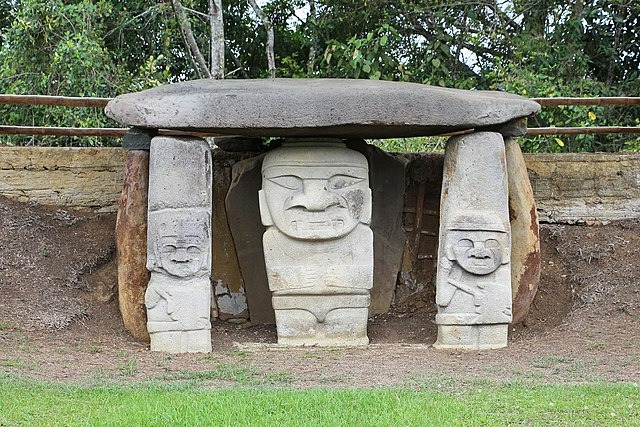

Cultural and regional diversity is reflected in the existence of around 20 typical Colombian costumes that, with their striking colors, textures, and accessories, fill locals and the entire world with inspiration and joy, serving as attire and expression for the various musical rhythms. The photo shows a typical costume for dancing Cumbia. Credit: Pexels.
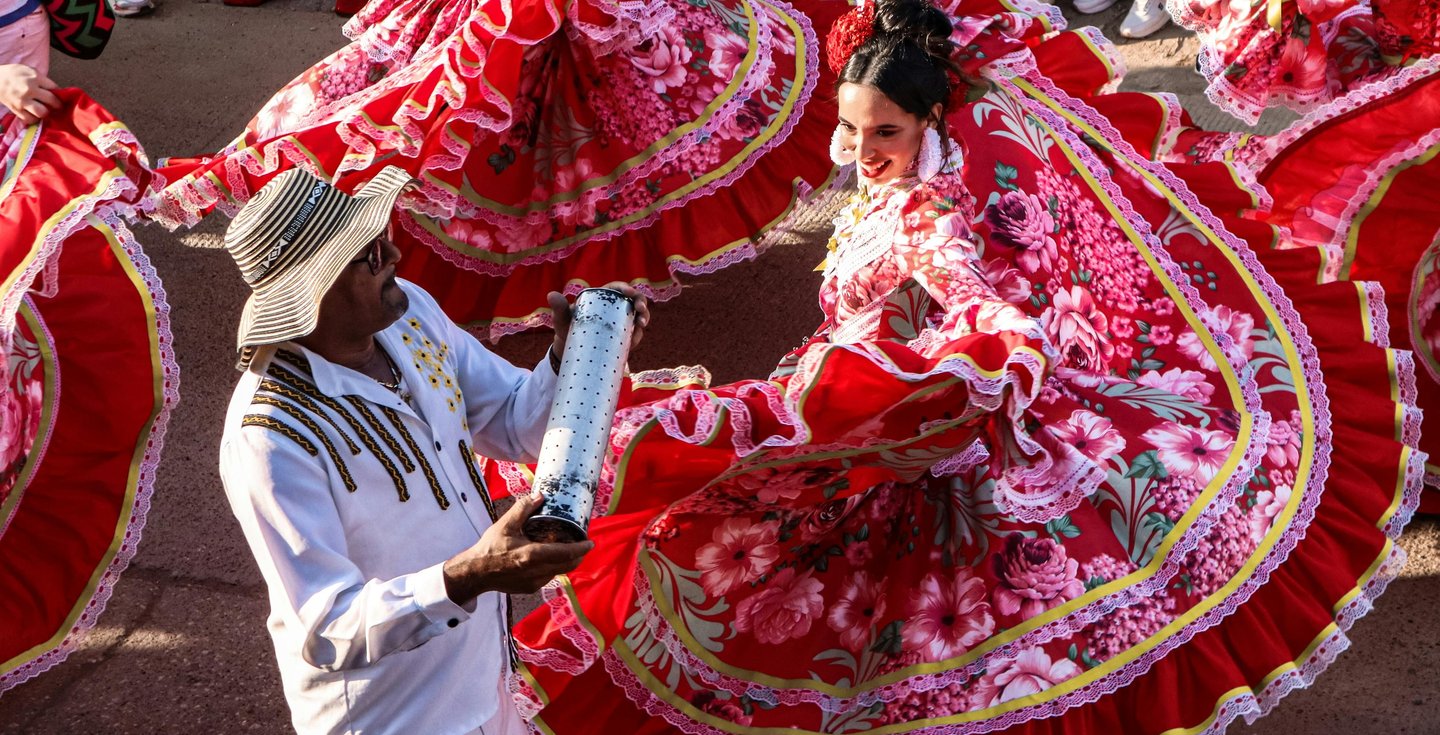

Cultural and ethnic diversity makes Colombia a country rich in dialects and native languages, the latter numbering around 68, spoken by over 800,000 people. Pictured here is the Arhuacos culture, Sierra Nevada de Santa Marta National Natural Park. Credit: Brandon981123 - Wikipedia - CC-BY-SA-4.0.
